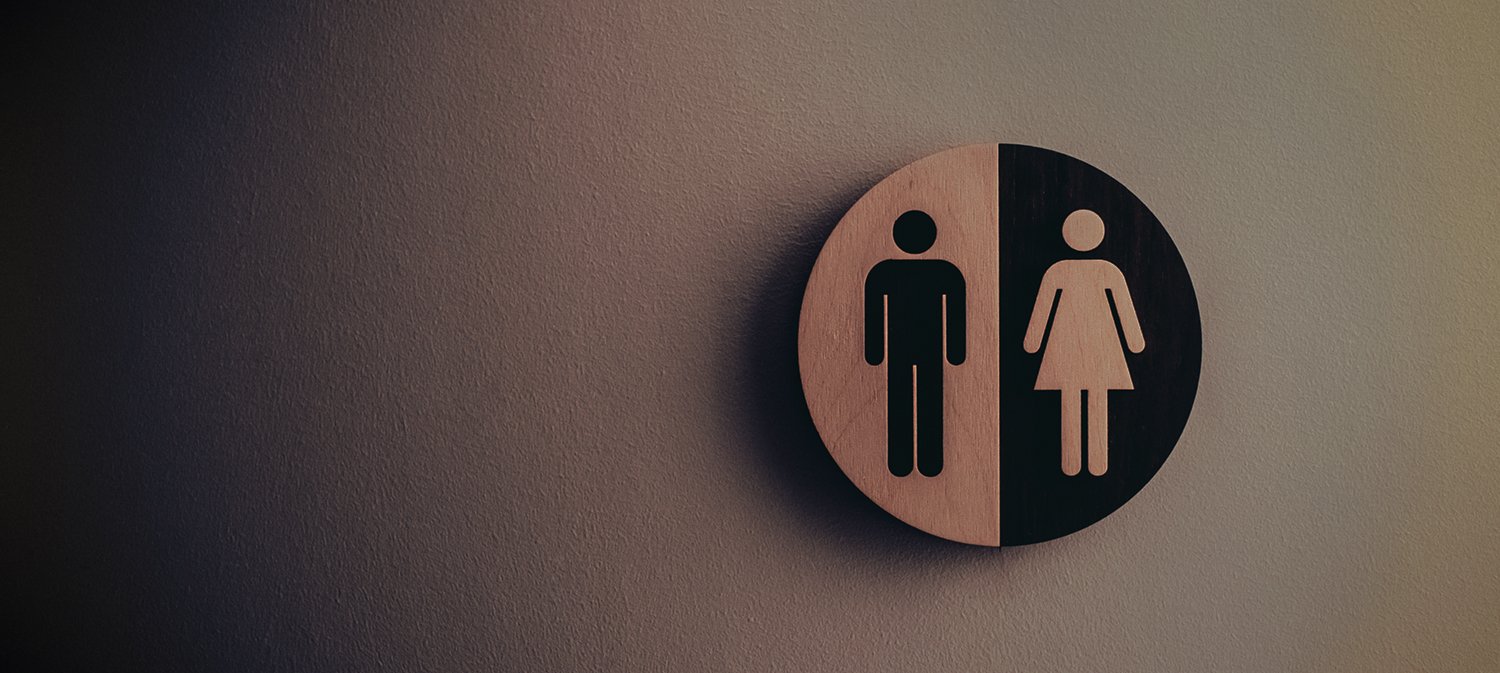Tackling Gender Bias in Job Descriptions

A lot of the talk surrounding unconscious bias focuses on the way we make judgements and form opinions about people based on preferences we may not know we have, or how similar that person is to ourselves. Of course, these are really important things to try and overcome, but there’s another important issue that needs thorough consideration – how we write our job descriptions and the gender bias that is present.
The language we use in job descriptions can have quite a strong impact on the people who apply for our roles, especially when it comes to gender. Equality isn’t just about fairness, but it’s proven to be an indicator of stronger business performance – with the data to back it up. A study which analysed results from over 21,000 companies in 91 countries that have at least 30% of women in c-suite positions added 6% to net profit margins. It’s no secret that there’s a shortage of women in these leadership positions, but it’s clear that more equality in terms of gender means a greater chance of higher profitability.
The language we use in our job descriptions might seem harmless, but research has shown that certain words will attract more of one gender than the other. Your job ad may well be the first point of contact that a candidate has with your organisation and can significantly impact how they view you as an employer.
Gendered Words
A study showed which words were more like to attract male candidates, and which were most likely to attract female. Totaljobs found the most used words were:
Male-gendered:
- Lead
- Analyse
- Competitive
- Active
- Confident
Female-gendered:
- Support
- Responsible
- Understanding
- Dependable
- Committed
So given that job ads will inevitably attract a wider pool of stronger candidates when they’re worded correctly, how do we go about avoiding the gender bias?
-
Explicitly state your diversity needs
If you’re looking to attract a diverse range of candidates to your role, then say it. Organisations who openly support and foster diversity are much more likely to attract a diverse candidate pool. Especially if you work in a either male or female dominated industry, you should be making extra efforts to ensure that candidates know you’ll consider them regardless of gender.
-
Don’t be demanding about job requirements
Research has also shown that women are more put off by a long list of desired skills and experience. Whereas men are much more likely to apply even when they know they don’t quite meet all of the requirements. A lot of the things you include in that list will not be 100% necessary for the role, so make sure your ‘must-haves’ really are just the must-haves.
-
Avoid superlatives
While most might think its common sense, there’s a surprising amount of companies out there looking for their next ‘rock star’, ‘expert’, ‘superior’ employee. Phrases like these have proven to deter women from applying, along with other words such as ‘adventurous’, ‘dominant’ and ‘assertive’. When using words like these, you’re leading a lot of people (not just women) to believe that they don’t fit the image you’re putting across.
-
Change gender charged words
There’s plenty of research out there to help you choose alternative words that are more neutral to both genders. There are even free tools out there now that will analyse your job description for you and pick up on the areas you should change. So, if you’re having doubts about your job ad or just want to have it checked, a quick search online will offer you a variety of things to work from.
-
State your organisational values
Once you’ve figured out any problems with the wording of your job ads, you should be making sure you’re shouting about your organisational values. These can be used by candidates as a much better judge of whether you’re the type of employer they’re looking for, and whether they feel like they belong in your organisation or not. This way, you’re not putting candidates off with masculine or feminine roles, and you’re letting them consider who you are as an employer.
–
According to McKinsey & Company, companies who boast the most ethically diverse teams are 33% more likely to outperform their competitors. If you’re struggling to get your workplace diversity to what you’re aiming for, a good place to start is something as simple as the gender bias in your job descriptions and creating a good balance in terms of gender in the workplace. Of course this is just the start, but it’s the first step to attracting a more diverse candidate pool and therefore building a more diverse workforce.
